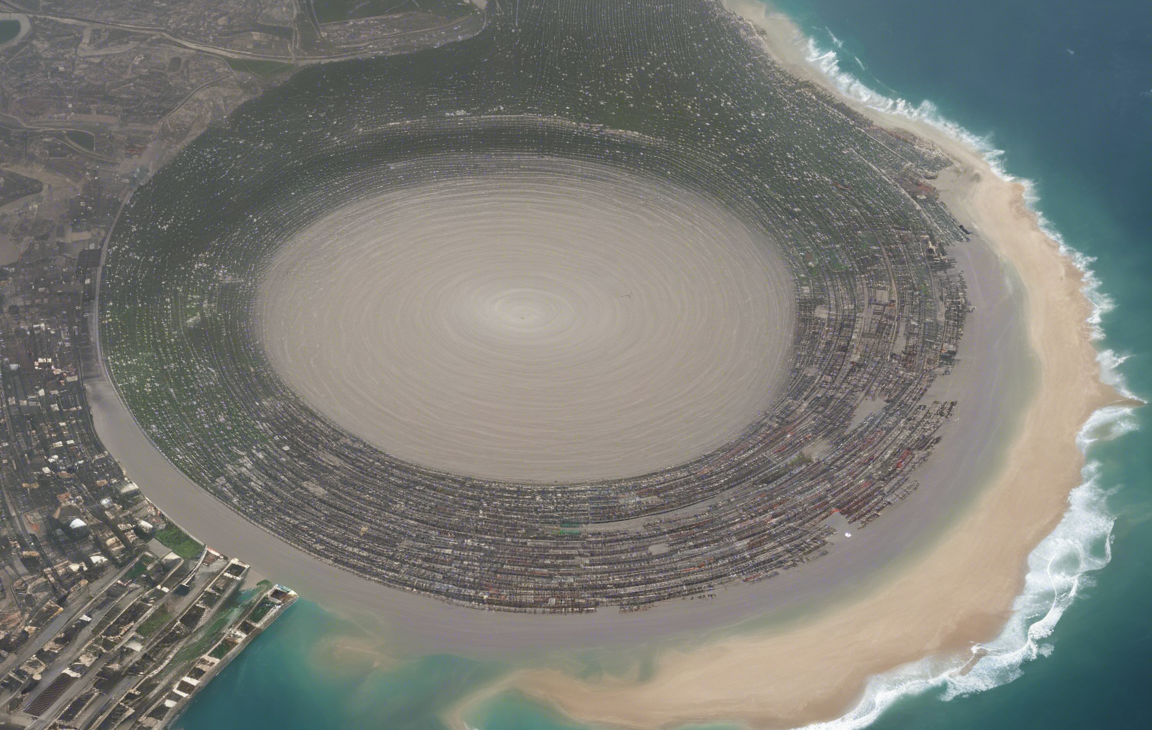Introduction
The Arabian Sea has been experiencing intensified weather patterns as a result of the tropical cyclones that develop in the region. One such recent phenomenon is Cyclone Rimal, which has been the subject of concern for residents, authorities, and meteorologists alike. Understanding the latest updates on Cyclone Rimal is crucial to being prepared and staying safe in the face of this natural disaster.
What is a Cyclone?
Cyclones, also known as hurricanes or typhoons, are powerful rotating storms that form over warm tropical oceans. They are characterized by low-pressure centers, strong winds, and heavy rainfall, making them capable of causing significant damage to coastal areas.
Cyclone Rimal: Overview
Cyclone Rimal originated in the Arabian Sea and has been intensifying rapidly, posing a threat to countries in the region. As it moves closer to land, its impact is predicted to be severe, with the potential for strong winds, heavy rains, and storm surges.
Current Status of Cyclone Rimal
As of the latest update, Cyclone Rimal is located at [coordinates] with wind speeds of [speed] miles per hour. Meteorologists are closely monitoring its path and intensity to provide timely alerts and warnings to the affected regions.
Potential Impact of Cyclone Rimal
Cyclone Rimal has the potential to cause widespread damage, including:
- Strong Winds: The cyclone’s powerful winds can uproot trees, damage buildings, and disrupt power supply.
- Heavy Rainfall: Intense rainfall can lead to flash floods, landslides, and waterlogging in low-lying areas.
- Storm Surges: Coastal areas are at risk of storm surges, which can cause flooding and coastal erosion.
Precautionary Measures
To mitigate the impact of Cyclone Rimal, residents in the affected regions are advised to take the following precautionary measures:
- Stay Informed: Monitor updates from local authorities and meteorological departments to stay informed about the cyclone’s progress.
- Evacuation: Follow evacuation orders if issued and move to safer locations to avoid the storm’s impact.
- Secure Property: Secure loose objects, windows, and doors to minimize damage from strong winds.
- Emergency Kit: Prepare an emergency kit with essential supplies, including food, water, medications, and important documents.
FAQs
- What is the difference between a cyclone, hurricane, and typhoon?
-
While cyclones, hurricanes, and typhoons are different names for the same weather phenomenon, they are referred to by region: cyclones in the South Pacific and Indian Ocean, hurricanes in the Atlantic and eastern Pacific, and typhoons in the Northwest Pacific.
-
How are cyclones classified?
-
Cyclones are classified based on their wind speeds: tropical depressions have winds of up to 38 mph, tropical storms have winds of 39-73 mph, and hurricanes/typhoons/cyclones have winds of 74 mph or higher.
-
What is the eyewall of a cyclone?
-
The eyewall is a ring of thunderstorms surrounding the center of the cyclone’s eye, where the most intense winds and rainfall occur.
-
Are cyclones predictable?
-
While meteorologists can track and predict the path of cyclones, their intensity and exact impact can be challenging to forecast accurately.
-
How can communities prepare for cyclones?
- Communities can prepare for cyclones by creating emergency plans, securing properties, stocking up on supplies, and staying informed about weather updates and evacuation orders.
In conclusion, staying informed about the latest updates on Cyclone Rimal is crucial for preparedness and safety. By understanding the potential impact of the cyclone, taking precautionary measures, and following official guidelines, residents can mitigate its effects and safeguard themselves and their communities.







